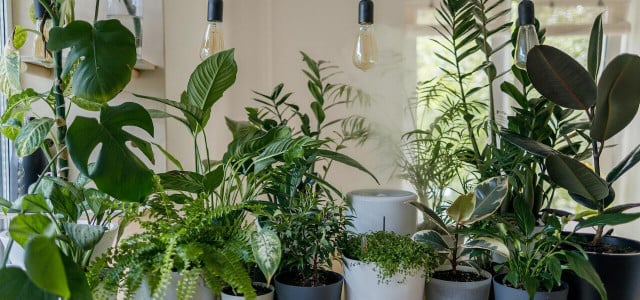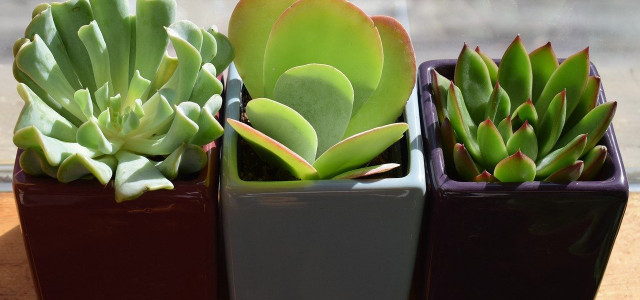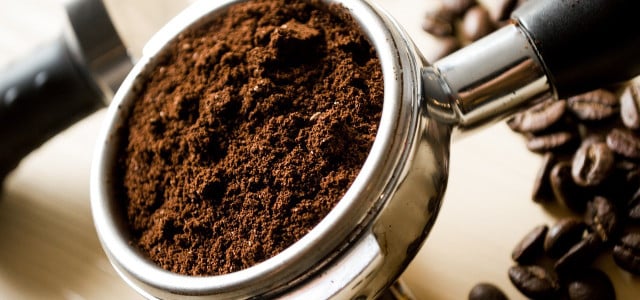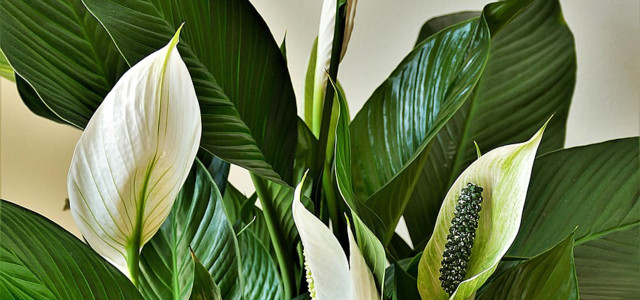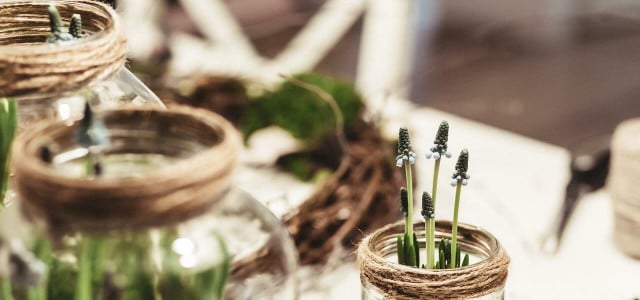Houseplants look beautiful but can be dangerous if the wrong hands (or paws) get hold of them. We’ll share six poisonous houseplants to keep away from kids and pets.
So you’ve already childproofed your home, from covering the electrical outlets, gating off the stairs, and putting child locks on the cupboards. But you may have missed something which could be just as dangerous — houseplants. Some of these could be poisonous to kids if ingested or cause skin irritations. While it is logical to put all houseplants out of children’s reach, it may be better to know the risks associated with certain plants and what to do if your child comes into contact with it.
Fortunately, most poisonous houseplants taste bad, so it’s likely that the child will spit it out quickly, and eating only a small amount will usually only lead to an upset stomach. But, if a large amount is ingested, caution should be taken. It’s not just kids that may be curious about houseplants, pets such as cats and dogs may also take a nibble of your beloved houseplants, which could make them sick too. Consider adding houseplants that are safe for cats and dogs to your home instead.
We’ll share six poisonous houseplants to keep away from kids and pets.
1. Philodendron

An easy plant to take care of, the philodendron is a common houseplant. Skin exposure can cause redness, swelling, and a rash and if the sap enters the eyes it can cause corneal abrasions, irritation, and even permanent eye damage. There can be serious consequences if it is consumed by people, such as swelling of the mouth and throat, pain, loss of speech, or difficulty breathing. If eaten by pets, philodendron can cause oral pain, vomiting, drooling, and decreased appetite.
2. Poisonous Houseplants: Dieffenbachia
This houseplant is popular due to its beautiful dark green leaves with a whitish center, making it look unique, it’s also known as leopard lily or dumb cane. However, its poisonous qualities are similar to philodendrons in that skin and eye exposure can cause irritation. Also, if eaten it can cause swelling of the mouth, tongue, and throat, difficulty swallowing, excess drooling, breathing problems, and loss of speech.
The poisoning symptoms are similar in pets too, with dogs and cats at risk of vomiting and diarrhea, blistering, and swelling of the mouth and tongue. If the sap of the plant enters the eye a visit to the vet may be required.
3. Devil’s Ivy
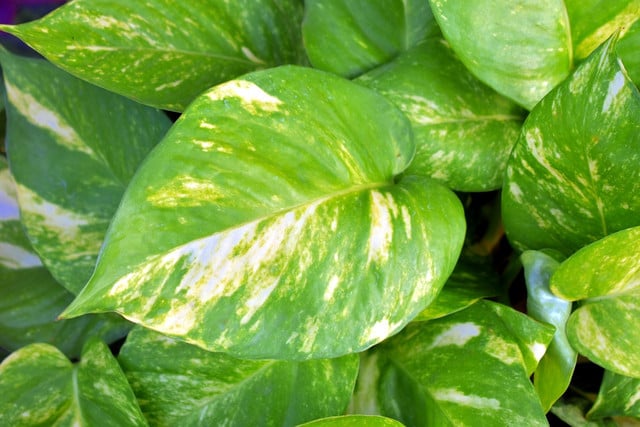


Another very common houseplant is devil’s ivy, also known as pothos or marble queen, which has light green, heart-shaped leaves with flecks of yellow. Although not deadly, if ingested by a child they may have difficulty speaking and swallowing, due to a swollen mouth. Pets can choke on the stem and leaves of this poisonous houseplant, so care should be taken to ensure it’s out of reach. Learn more about repotting a pothos plant.
4. Peace Lily
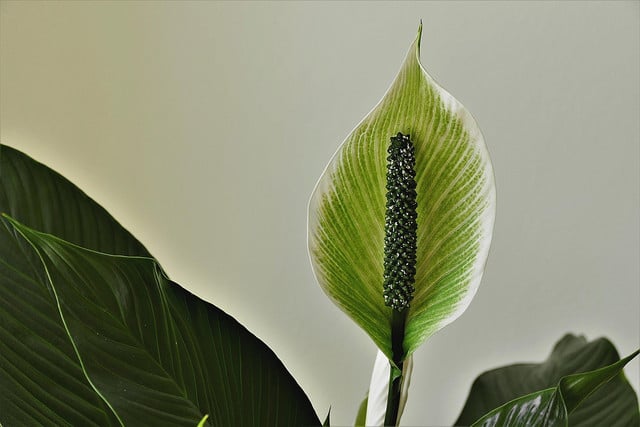


Peace lilies are poisonous houseplants that have pointed white flowers and dark green pointed leaves. Consuming them can cause difficulty swallowing, breathing, speaking, and skin irritation. Eating any part of the plant can cause swelling of the mouth and throat in pets, as well as diarrhea, difficulty breathing, swelling of the tongue and hoarse barking in dogs.
5. Poisonous Houseplants: English Ivy
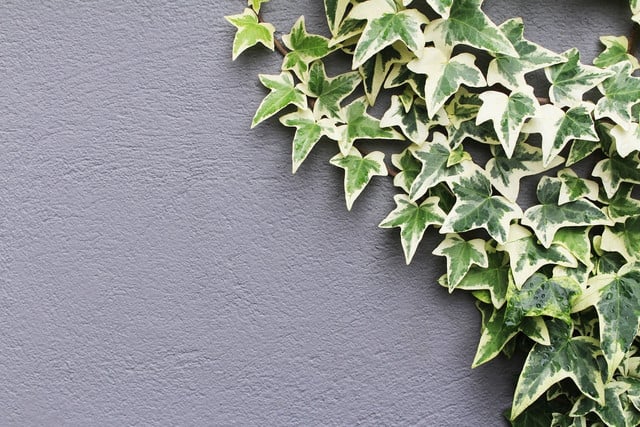


English ivy can grow in pots or in the yard as a climber, consumption will cause pain in the mouth, and eating large amounts can cause throat swelling. Pets can experience stomach problems, diarrhea, and vomiting if ingested and the sap from the plant can irritate the skin of children and pets.
6. Caladium
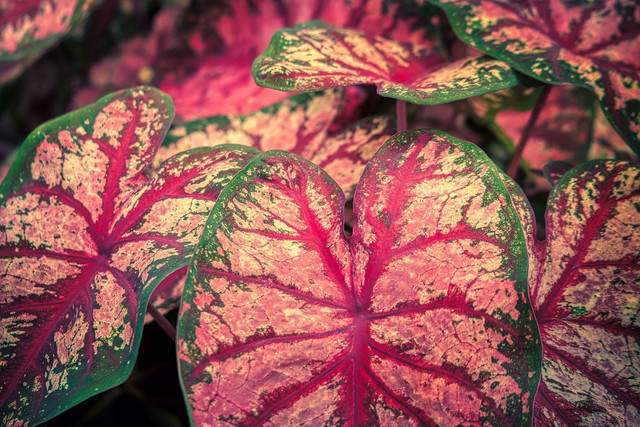


Caladium, sometimes known as plant angel wings, has pink heart-shaped leaves with a green border, if eaten it will irritate the stomach, nose, and mouth. This poisonous houseplant can be fatal if eaten by pets as it can cause swelling of the airway, leading to breathing problems. The sap and thorns from the plant can cause skin irritation. It is recommended to take your pet to the veterinarian for treatment.
What to Do if Your Child Has a Reaction
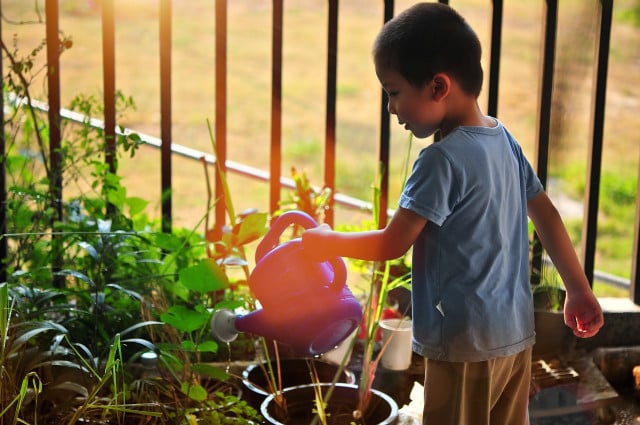


It’s important to stress that should a child consume one of the above-mentioned houseplants and suffer from shortness of breath or swelling of the mouth or throat, they should be taken to the ER, or 911 should be called. For less severe, but still serious symptoms a call or visit to the pediatrician may be required, especially as not all symptoms may appear instantly. Alternatively, if it’s not an emergency, the poison control hotline (800-222-1222) can give guidance based on the apparent symptoms and a description of the plant, or its name. Finally, if the symptoms are less severe, wipe the plant residue from the child’s mouth and offer them a cold drink, popsicle, or yogurt to reduce mouth pain. Go with your gut and if the situation seems extreme, visit the hospital.
To treat mild vomiting and diarrhea ensure the child stays hydrated by drinking enough water and clear liquids like soup broth. If a child’s skin is exposed to the sap of one of the above houseplants, in the first instance, wash the area with soap and water, as well as their clothes, shoes, and any other items that may have come into contact with the sap. It’s good practice to also rinse their eyes with lukewarm water for ten to fifteen minutes and wash their hands. To reduce itching, use a cold compress such as an ice pack wrapped in a dishcloth or calamine lotion to soothe. Oral antihistamines can be taken on the advice of a doctor if the itching is severe. Again, any severe swelling or difficulty breathing should be seen as an emergency and treated by a doctor.
Pet Reactions to Poisonous Houseplants
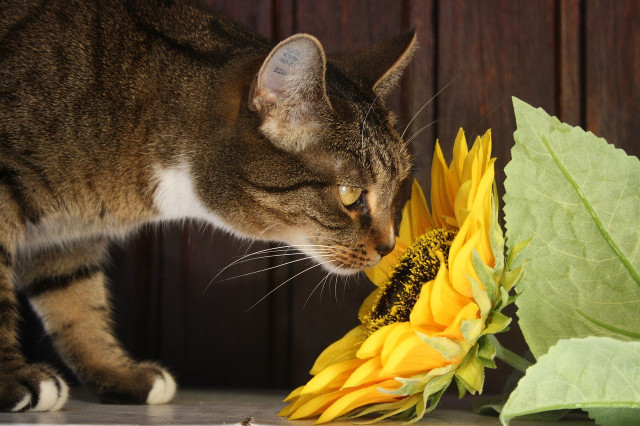


Treatment is slightly different depending on which houseplant the pet has been in contact with, so the pet should be cared for as follows:
- Caladium: As mentioned above a visit to the vet is vital of caladium is ingested by pets, due to its toxicity. For diarrhea and vomiting the pet will be given fluids via an IV and its vital signs will be monitored, an overnight stay may be necessary.
- English ivy: If it is consumed by pets, the first step in treatment is to rinse out their mouth with cool water, dogs may be able to chew on an ice cube to ease irritation. Wash any skin that has been exposed to the sap. For extreme diarrhea and vomiting, bring the pet to visit the veterinarian, where they will be given fluids via an IV and their vital signs will be monitored and they may be given an antihistamine.
- Peace lily: If a large amount is ingested a visit to the vet is recommended, where an antihistamine may be injected and an IV may be administered to prevent dehydration. Medication may be given to prevent damage to the stomach and an overnight stay may be advised. On the other hand, if symptoms are less severe, the first step is to rinse their mouth and any other affected areas with water and offer a cold drink or ice cube.
- Devil’s ivy: A visit to the vet is advised, who in the first instance will induce vomiting and may give the pet activated charcoal to clean the stomach. The pet will usually also be given an IV as above and monitored overnight.
- Dieffenbachia: Upon a visit to the vet they will administer ice chips and cool saline to wash away the rest of the plant from the mouth, they will also apply an oral analgesic to relieve pain. The pet will be monitored for up to ninety minutes to check for any further swelling of the throat. If the skin is affected, it can be treated at home by washing with warm, soapy water and cortisone cream, if recommended by the vet. Affected eyes can be treated with a saline solution.
- Philodendron: In the first instance, the mouth can be rinsed with cold water and given a cold drink or ice cube. Upon a call to the vet, they may recommend antihistamines or pain relievers. If a large amount of the plant has been consumed a visit to the vet is advised, where they will offer an IV to prevent dehydration and possibly an antihistamine injection. Medicine may also be given to protect the stomach and if the pet’s throat is swollen further observation may be recommended.
Read more:
- Should I Get a Dog? 8 Things To Keep In Mind
- Growing Cat Grass Plants: Treating Your Furry Feline
- Kitchen Plants: 7 Best Houseplants for the Kitchen
Do you like this post?






